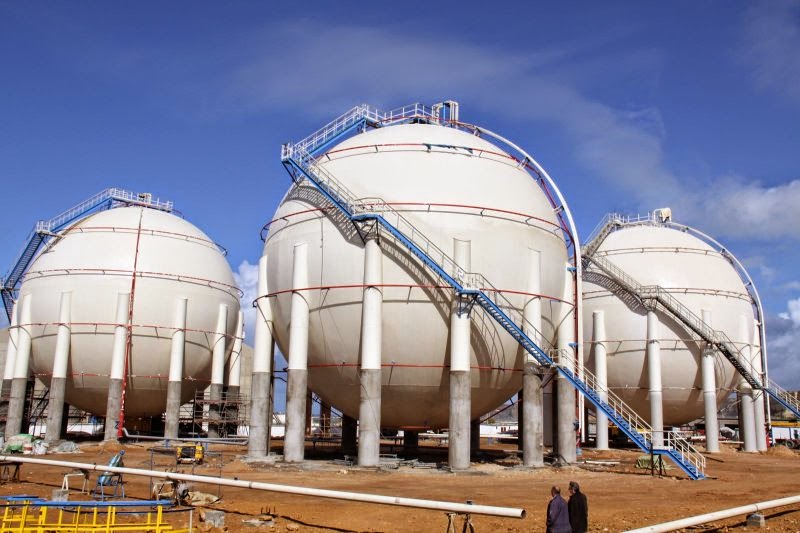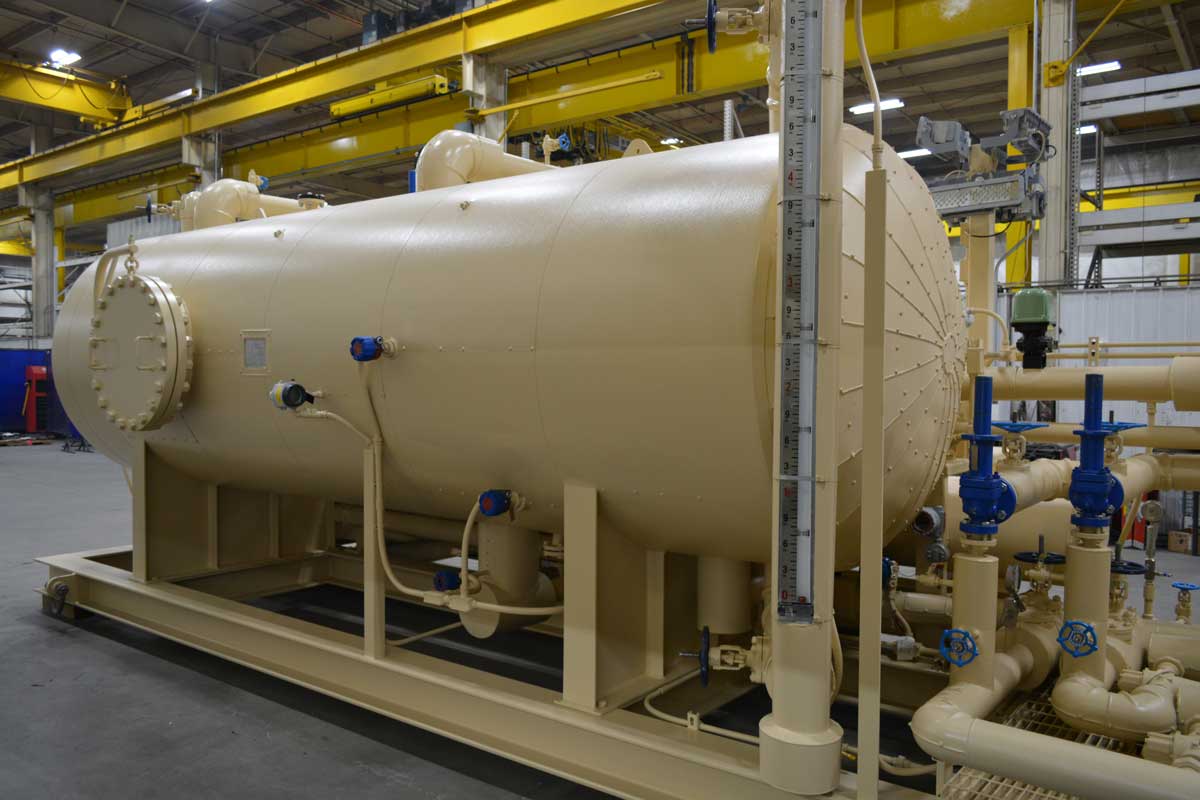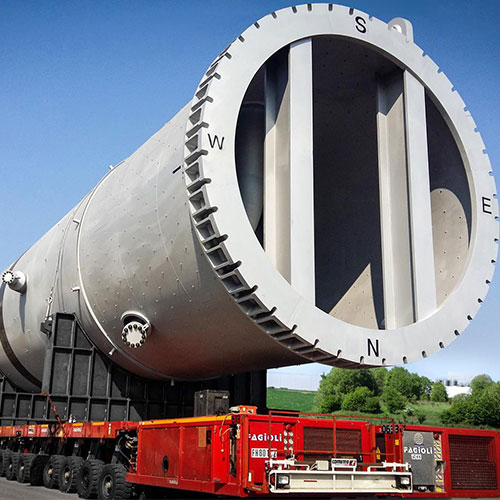Pressure vessels, also known as ASME tanks, are closed containers designed to hold gases or liquids at a pressure substantially different from the ambient pressure.
Applications of pressure vessels
Most often, pressure vessels, also called air pressure tanks or boilers, are mostly used for applications pertaining to the food and beverage, chemical, pharmaceutical, plastics and oil and fuel industries. They can also be used for heating and cooling.

 Meeting Global Pressure Vessel Certification Requirements
Meeting Global Pressure Vessel Certification Requirements
Pressure vessels are designed to operate safely at a specific pressure and temperature, technically referred to as the “Design Pressure” and “Design Temperature”. A vessel that is inadequately designed to handle a high pressure constitutes a very significant safety hazard. Because of that, the certification and design of high pressure vessels is governed by design codes such as the ASME Boiler and Pressure Vessel Code in North America, the Pressure Equipment Directive of the EU (PED / CE), CSA B51 in Canada (CRN).
Design and Customization of pressure vessels
Production Process
Metal used in any pressure vessel manufacturing process is usually first cold rolled, rather than hot rolled. Also, to increase tensile strength and temperature resistance, metalworkers frequently temper, quench or galvanize them.
Once the metals are ready, pressure vessels are usually manufactured using one of three processes: forging, brazing and welding. All three processes utilize heat to join metal pieces together, but they all use it differently.
Forging forms metal parts through the application of heat and pressure.
Brazing refers to the process of joining two metals by filling the space between them with a non-ferrous metal.
Welding is a process in which two similar pieces of metal are heated until their edges melt together and they fuse.
Materials of pressure vessels
Manufacturers design tanks from a variety of durable metals or high-strength plastics that can maintain their shape and properties under pressure. Examples include: stainless steel, zirconium, carbon steel, titanium, niobium, nickel alloy(s) and fiberglass.






